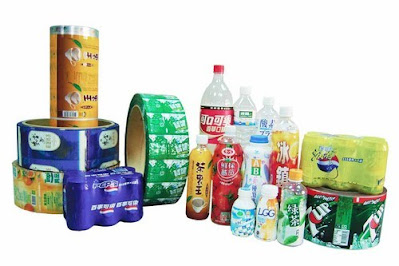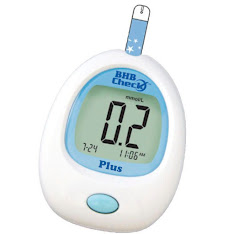Bismuth is a brittle, crystalline, white metal that is extensively used across cosmetics, alloys, ammunition, and fire extinguishers. It is best known as the main ingredient in stomach ache remedies such as Pepto-Bismol. Bismuth is also used in the chemicals, electronics, paints and coatings, and metallurgy as it is least toxic heavy metals. It is available in the form of powder, ingots, needle, and pellets and can be used in place of leads across various range of applications.
The thermal conductivity of bismuth is lower than any metal except mercury. It has the highest Hall Effect of any metal and a high electrical resistance. Bismuth is stable to water and oxygen but dissolves in concentrated nitric air. Some bismuth compounds are manufactured and used as pharmaceuticals. It is mainly manufactured as a by-product of smelting lead and copper, especially in the United States of America.
Bismuth is relatively nontoxic, the least so of the heavy metals. Soluble inorganic bismuth compounds are toxic. Although considerable therapeutic use is found in bismuth and some of its compounds, some authorities suggest that other remedies should be replaced. Bismuth and some of its compounds can cause kidney damage, although the degree of such damage is usually mild. Other toxic results, such as presence of albumin or other protein substance in the urine, vague feeling of bodily discomfort, skin reactions, diarrhea, and serious exodermatitis may develop.
Unlike nickel, mercury, lead, or other metals, there is no significant health risk from touching bismuth or from vapors or ingesting small amounts. It is actually the active ingredient in a popular brand of stomach medicine. With the increasing application of bismuth from the automotive industry (in brake linings, rust protection coatings, clutch pads, and pearlescent coating) and increasing worldwide automotive sales, the demand for bismuth is also increasing. For instance, the U.S. auto industry sold around 14.5 million light vehicle units in 2020.



















